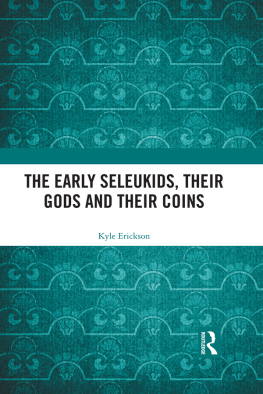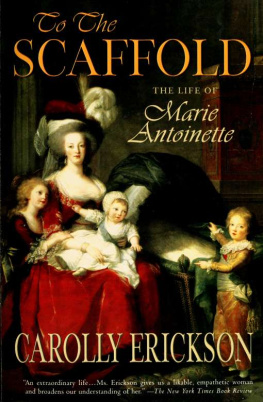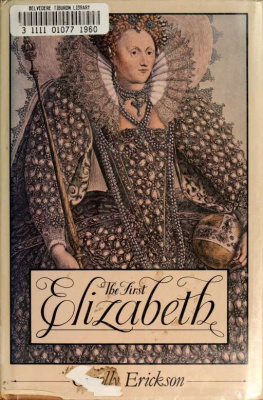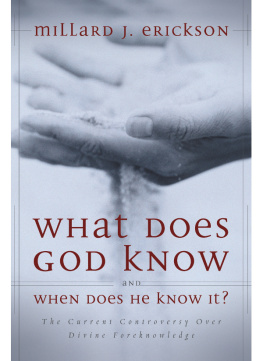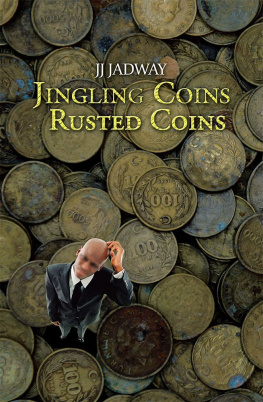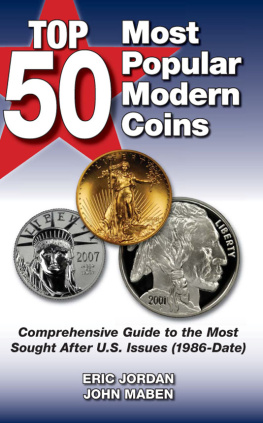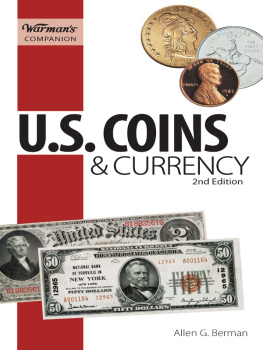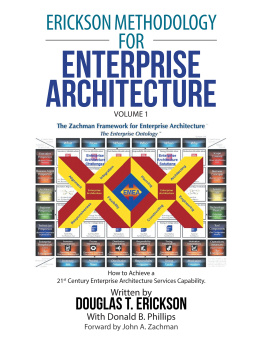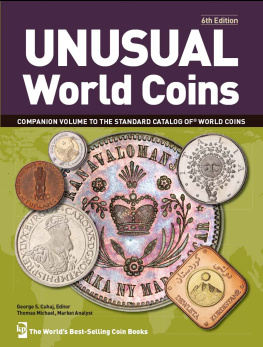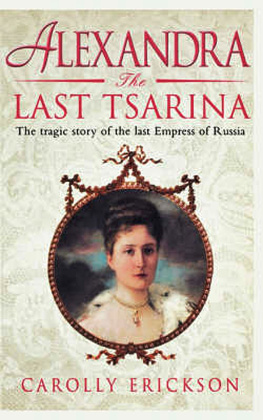Erickson - The Early Seleukids, Their Gods and Their Coins
Here you can read online Erickson - The Early Seleukids, Their Gods and Their Coins full text of the book (entire story) in english for free. Download pdf and epub, get meaning, cover and reviews about this ebook. year: 2020, publisher: Taylor & Francis (CAM);Routledge, genre: Non-fiction. Description of the work, (preface) as well as reviews are available. Best literature library LitArk.com created for fans of good reading and offers a wide selection of genres:
Romance novel
Science fiction
Adventure
Detective
Science
History
Home and family
Prose
Art
Politics
Computer
Non-fiction
Religion
Business
Children
Humor
Choose a favorite category and find really read worthwhile books. Enjoy immersion in the world of imagination, feel the emotions of the characters or learn something new for yourself, make an fascinating discovery.
- Book:The Early Seleukids, Their Gods and Their Coins
- Author:
- Publisher:Taylor & Francis (CAM);Routledge
- Genre:
- Year:2020
- Rating:3 / 5
- Favourites:Add to favourites
- Your mark:
- 60
- 1
- 2
- 3
- 4
- 5
The Early Seleukids, Their Gods and Their Coins: summary, description and annotation
We offer to read an annotation, description, summary or preface (depends on what the author of the book "The Early Seleukids, Their Gods and Their Coins" wrote himself). If you haven't found the necessary information about the book — write in the comments, we will try to find it.
The Early Seleukids, Their Gods and Their Coins — read online for free the complete book (whole text) full work
Below is the text of the book, divided by pages. System saving the place of the last page read, allows you to conveniently read the book "The Early Seleukids, Their Gods and Their Coins" online for free, without having to search again every time where you left off. Put a bookmark, and you can go to the page where you finished reading at any time.
Font size:
Interval:
Bookmark:
FGrH = Jacoby, Felix: Die Fragmente der griechischen Historiker, Leiden Teil II, 1961/83; Teil III, 1950/55.
I. Magnesia am Sipylos = McCabe, Donald F. Magnesia Inscriptions. Texts and List. The Princeton Project on the Inscriptions of Anatolia, The Institute for Advanced Study, Princeton. Packard Humanities Institute CD #6, 1991.
I. Erythrai I II Engelmann, Helmut/Merkelbach, Reinhold: Die Inschriften von Erythrai und Klazomenai, Teil I (Nr. 1200); Teil 2 (Nr. 201536), Bonn 1972/73. (IGSK 12)
I. Iasos I II = Blmel, Wolfgang: Die Inschriften von Iasos, 2 vols., Bonn 1985.
I. Ilion = Frisch, Peter: Die Inschriften von Ilion, Bonn 1975. (IGSK 3)
I. Laodikeia = Corsten, Thomas: Die Inschriften von Laodikeia am Lykos, vol. I: Die Inschriften, Bonn 1997. (IGSK 49)
I. Milet III = Kawerau, Georg/Rehm, Albert: Das Delphinion in Milet (= Milet. Ergebnisse der Ausgrabungen seit dem Jahre 1899, Heft III), hg. von Theodor Wiegand. Unter Mitwirkung von Friedrich Freiherr Hiller von Gaertingen, Mark Lidzbarski, Theodor Wiegand, Erich Ziebarth, Berlin 1914.
I. Priene = FrHr Hiller von Gaertringen, F.: Inschriften von Priene, unter Mitwirkung von C. Fredrich, H. von Prott, H. Schrader, Th. Wiegand, H. Winnefeld, Berlin 1906.
I. Smyrna = Petzl, G.: Die Inschriften von Smyrna, 3 vols., Bonn 19822000. (IGSK 2324.12)
IK Estremo oriente = Canali De Rossi, Filippo. Iscrizioni dello estremo oriente greco.Un repertorio. Inschriften griechischer Stdte aus Kleinasien, 65. Bonn 2004.
OGIS = Dittenberger, W. 1903. Orientis Graeci Inscriptiones Selectae. Vol. 12. 2 vols. Supplementum Sylloges Inscriptionum Graecarum. Leipzig: S. Hirzel (reprinted Hildesheim 1970).

Creation of an empire
While in general the iconography of Seleukid coins centres on Apollo, this was not the case at the start of the dynasty. As can be expected in the creation of a new ruling entity attempting to define its position in a shifting landscape, the representation of Seleukos Is dynastic images shows the greatest variety and the least consistency of any of the Seleukid monarchs. While both ancient commentators and modern scholarship on the Seleukids emphasise the link between the king and what became his houses patron god and ancestor, this link was not definitively present until the very end of the kings reign. In fact, as this chapter will demonstrate the ideological justification of Seleukos kingship shifts through three distinct phases during his reign and the full implications of this shift are not apparent until the reign of his son and successor.
I argue that early in his reign Seleukos looked back to Alexander and his personal connection to the king and to the traditional god of kingship Zeus to justify his power. This then shifted as Seleukos developed his own personal prestige to attempt to supplant Alexander as the founder of a new dynasty with his own connections to Zeus. The final phase of the transition to what became dominant Seleukid ideology occurred when Apollo supplanted Zeus as the patron of the royal house. This final change only occurred during the reign of Antiochos I. Furthermore, the important respect for native religions that appears to be consistent throughout the history of the house (with the notable exception of Antiochos IV) begins during Seleukos reign. Additionally, Apollo and Zeus were not the sole gods of the empire and Seleukos took care to offer the appropriate respect to both Greek and native gods throughout his kingdom. Seleukos I adopted the traditional role of the king as a pious benefactor of the gods and he does not seem to have missed any opportunity to reinforce his legitimacy through association with the local gods. This is especially evident in Babylon and Hierapolis, where native gods appeared on royal coinage (Baal and Atargatis), as such, a variety of Greek and non-Greek gods appeared on Seleukid coinage.
This chapter will examine how Seleukos attempted to develop a set of royal imagery that drew both on Alexander and on a personal connection to Zeus, in order to justify his rule over the largest portion of Alexanders empire. The limited contact that Seleukos empire had with the Mediterranean between his retaking of Babylon (312 BC) and the battle of Ipsos (301 BC) may have affected how Seleukos presented himself to his largely non-Greek subjects. In this connection, I believe that the horned-rider coins which I will discuss not only depict a Macedonian king but also draw on traditional local iconography. In the first instance, however, after successfully gaining a Mediterranean foothold with his victory at Ipsos, Seleukos was forced not only to rely on his personal connection to his citizens at Babylon and subjects further east, but also to compete directly with his former allies and other successors to Alexander: Lysimachos, King of Thrace, and Ptolemy, King of Egypt. Both of these could claim a closer connection to Alexander as they had held high positions within Alexanders inner circle. To succeed in his position at least as far as the contest over imagery was concerned Seleukos chose to continue many of Alexanders traditional coin types even after he took a royal title, as did the other successors. At the same time, however, Seleukos also began to create new personal connections to the traditional Macedonian royal god, Zeus. Seleukos was therefore able to legitimate his rule both through his connections to Alexander and through his own role as a Zeus-favoured king.
In order to assess how Seleukos came to play a new role and therefore supplant Alexander as the foundation of royal status for the Seleukid empire, we first must examine the role Alexander played in early Seleukid propaganda. Seleukos made very limited use of Alexanders image compared to his rival successors, in particular Ptolemy and Lysimachos. Early in his reign, mints under Seleukos control reproduced the same types produced under Alexander with a series of sporadic developments that introduced Seleukos own symbols. This is interesting as Seleukos version of the Alexander-in-elephant-scalp motif did not draw on the contemporary Ptolemaic image, rather on the first Ptolemaic model of this image, which Seleukos had most likely first come across while in Egypt.
But while the overall image of this coinage is similar to early Ptolemaic versions of the image, the removal of specific Egyptian characteristics, the horn of Ammon rejected a Seleukid association for the elephant headdress with Seleukos as it was never used again.
In attempting to place the significance of this iconography, it is normally taken to refer to one or all of three closely contemporaneous events: Seleukos campaign to India, his victory at Ipsos, and/or the foundation of Seleukeia-on-the Tigris. The reverse of the smaller denomination features an anchor with the flukes upward. All of the bronzes feature a legend that reads [coin] of Alexander.
These bronze coins all reinforce the Seleukid claim to the Alexander heritage by the inclusion of two common symbols of Seleukos I: the horned-horse head and the anchor. These coins also seem to derive their motif from the simultaneously issued precious metal coinage, and therefore likely have the same effect in mind. That is, an assertion of Seleukos claim to the status of an equal to Alexander on account of the similarities between their eastern conquests.
The choice of the elephant headdress had clear connections in the Ptolemaic coinage with Alexanders battles in the East and his mastery of elephants, but also on Seleukos personal conquests. Taking this slur into account and the prominence of elephants on the rest of Seleukid coinage, the Seleukid failure to reuse this image strongly suggests that it quickly ceased to fit into Seleukid propaganda. Indeed, the removal of the link between Alexander and elephants on Seleukos coinage may elucidate part of his renegotiation of his status as he moved from satrap to king.
Font size:
Interval:
Bookmark:
Similar books «The Early Seleukids, Their Gods and Their Coins»
Look at similar books to The Early Seleukids, Their Gods and Their Coins. We have selected literature similar in name and meaning in the hope of providing readers with more options to find new, interesting, not yet read works.
Discussion, reviews of the book The Early Seleukids, Their Gods and Their Coins and just readers' own opinions. Leave your comments, write what you think about the work, its meaning or the main characters. Specify what exactly you liked and what you didn't like, and why you think so.

